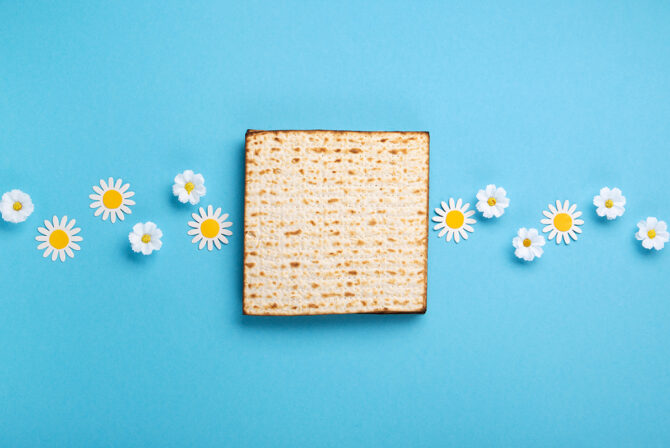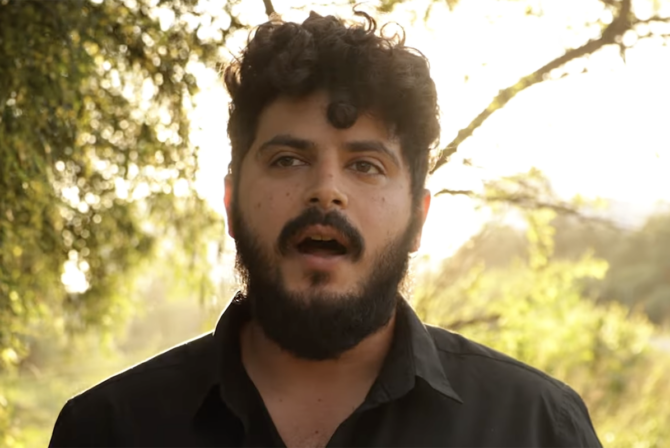Priscilla Warner co-authored the New York Times bestselling memoir The Faith Club, and more recently, she wrote Learning to Breathe: My Year Long Quest to Bring Calm to My Life. She was kind enough to share a bit of her journey with us, including her experience with meditation and Jewish mysticism and her reflections on parenthood.
Learning to Breathe is about your journey “from panic to peace.” You began with meditation. Can you tell us a little bit about why you chose to start there?
For years, I’d been reading about Tibetan monks who meditated so effectively that neuroscientists were studying their brains. I felt that my overactive central nervous system was totally out of whack, but these men seemed to have figured out how to put their anxiety to rest. One monk in particular, Yongey Mingyur Rinpoche, had battled panic attacks as a child, so I signed up for one of his semi-silent retreats. He became my first meditation teacher.
You spent a year exploring a number of different healing practices, including yoga, chanting, silent retreats, therapy, Ayurvedic treatments, kabbalah, and a trip to the mikveh. Were there any that didn’t resonate with you? Which practices are still a part of your life?
I loved each of the teachers and therapists I met for different reasons, and I learned how to maximize the benefits of each experience. My meditation practice continues to be the cornerstone of my life. I’d love to go back for more Ayurvedic massage for a special treat! I chant to my Krishna Das CDs and practice yoga, but I haven’t been back to the mikveh yet. I’m saving that for another important milestone.
How did your Jewish upbringing impact your engagement in meditation, Buddhist teachings, and everything else you explored?
Although I’d grown up attending a Hebrew Day School, immersed in Jewish culture, I’d also co-authored a book called
The Faith Club
, about my relationship with a Muslim and Christian woman I’d met in the aftermath of 9/11. So my eyes had been opened to the many ways in which people of all faiths access a powerful, healing God, of their own definition. The one thing I’d never explored was Jewish mysticism and I was thrilled when I met a rabbi who opened the door to the Zohar and Kabbalah. I found an amazing woman at a mikveh in Manhattan and she introduced me to her brother, Rabbi Simon Jacobson, a renowned, compassionate rabbi, who became my “soul doctor” in the book. It surprised me that even with my background in a Conservative Jewish family and my experience in The Faith Club, I still had a lot to learn about the mysterious, mystical side of Judaism.
 What was the most profound change in your life as a result of your journey?
What was the most profound change in your life as a result of your journey?
My experiment worked! I have found a lasting inner peace that had eluded me all my life. I had my brain scanned by a neuroscientist at The University of Pennsylvania, and the results showed increased blood flow to certain parts of the brain, which became more pronounced over time.
You have two grown sons. Knowing what you know now, what would you have done differently when your children were young?
I actually think I did a pretty good job of working through my own anxiety, with the help of a therapist, when my children were younger, so that I could parent them with less fear. They have turned out to be fantastic human beings–kind, loving, and caring. I certainly give my husband a lot of credit for being a great role model!
I learned in the process of writing this book that it’s not selfish to seek happiness. We can only be present and kind to the people we love if we are present and kind to ourselves first. Happiness is contagious.
As I read your book, I was enchanted by the idea of silent retreats, but as a mother of two young children, it’s probably not going to be possible for me right now. What advice would you have for young parents who are trying to find some calm in the midst of the chaos of life with little ones?
The Dalai Lama suggests that people start out meditating for just five minutes a day. If you force yourself to sit for 45 minutes, you’ll just set yourself up for disappointment, he says. So I advise mothers of young children not to be hard on themselves, to take five minutes a day, at first, to sit still.
My goal was to meditate for 20 minutes a day, which is what the neuroscientists I consulted agreed was beneficial. It’s not the amount of time you devote to the practice; it’s the consistency of your commitment. Even busy mothers can meditate at the end of the day, lying in bed. Once I began to see the benefits of meditation, I was eager to keep the good feelings going.
My first teacher understood the demands of modern life very well, and taught in a very open-minded fashion. I learned how to meditate while sitting down, with my eyes open or shut. I learned how to do walking meditation and how to meditate while lying down or listening to music. He suggested we vary our practice, so that we wouldn’t get bored. I don’t meditate in a certain time or place. On busy days, I meditate at the end of the day, in bed, lying down. I meditate in my minivan in parking lots all over town, when I have a few spare minutes to myself.
To read more of our interviews with interesting Jews, click here.







